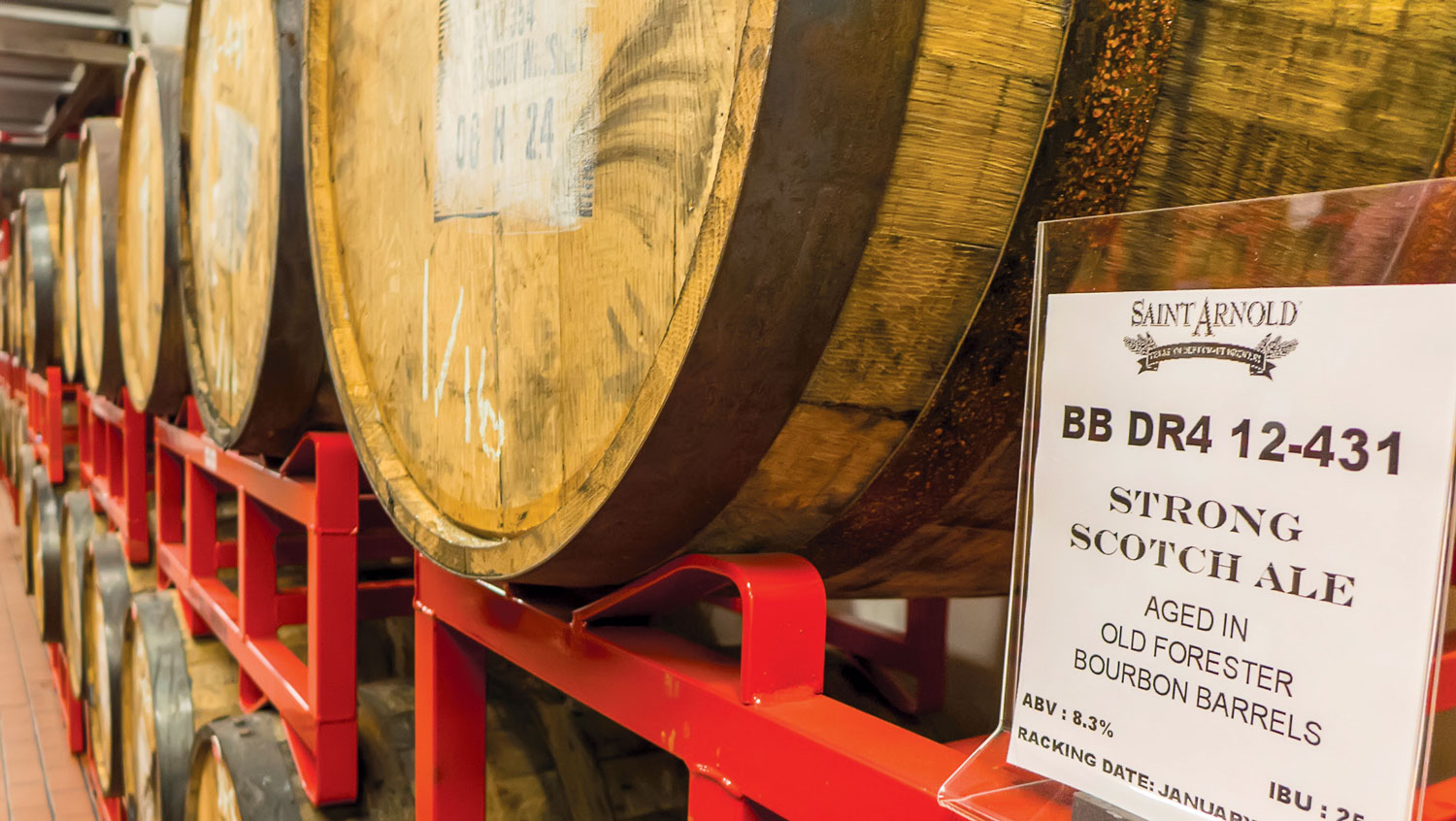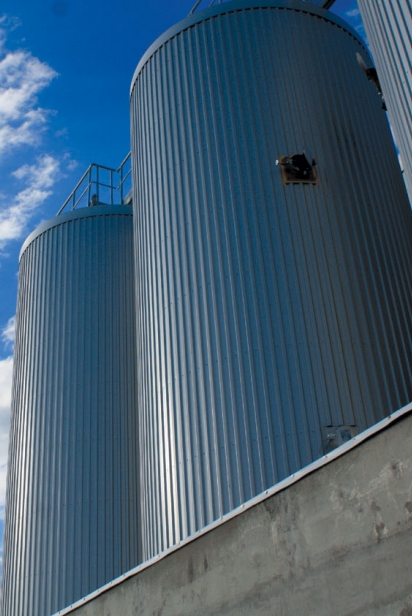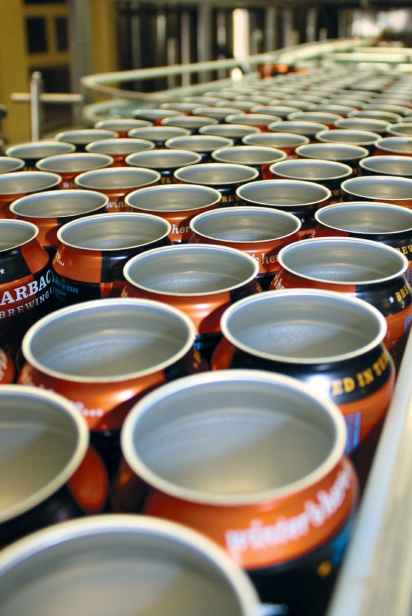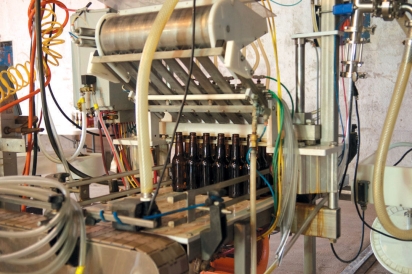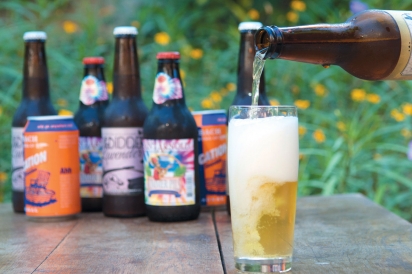Rolling Out the Barrel
A short history of better beer in the Bayou City
When the full heat and humidity of Houston’s summer take hold, the consumption of beer rises commensurate with the temperature. During this time, beer drinkers search for a drinkable beer that satisfies their thirst and also helps them cool down. Local microbrewers have heeded this need and each of them produces summer ales that fit the bill.
It wasn’t always this way in Houston.
It is wonderful to be able to write about the abundance of beer choices in Houston, because when I first moved here from London in the summer of 1978 it was a bit of a desert—and I’m not referring to the climate. I mean from a food standpoint, and particularly beer. Coming from England, I grew up on beer that had the flavor of hops, fruit or even a spice. When I went to the grocery store here for the first time in search of beer, I was astonished at the lack of choices.
You have to remember that, at that time, there was no Spec’s or Central Market; no Ginger Man; no imported beer (not even Corona (!)) and Shiner had yet to make it to Houston, officially at least. The words microbrewery, brewpub and gastropub hadn’t made it into our lexicon and neither had handcrafted or artisanal brewing. There was only one brewery in town and that was the monumental Anheuser-Busch brewery on the east side of town. For a real beer drinker, it was a miserable time.
I decided to take matters into my own hands. After meeting Scott Birdwell, owner of DeFalco’s Home Wine and Beer Supplies, I started making my own beer. Considering that, in 1978, home brewing wasn’t even legal in Texas, the beer aficionado faced quite a predicament. It wasn’t until 1983 that home brewing was legalized in Texas.
Armed with Birdwell’s advice, some basic brewing equipment and a copy of Charlie Papazian’s classic book The Complete Joy of Home Brewing, I discovered a world of malted barley, hops and yeast that I did not know existed. But perhaps the best part of home brewing was the camaraderie inside DeFalco’s on Saturday mornings, when home brewers would gather to discuss and sample their latest concoctions. Today, at DeFalco’s, you can still sample home brews and the tips and advice you can get there are priceless.
It was not until 1993 when Texas legalized brewpubs that the first glimmer of hope appeared: Houston was about to turn into a real beer town with the opening of the Village Brewery, the very first brewpub in Houston; along with the Bank Draft Brewery, Two Rows Restaurant and Brewery, all in Rice Village; and Rock Bottom Brewery and the Houston Brewery on the west side of town.
It didn’t last long, and the brewpubs all vanished by 2000. Only the Ginger Man, which opened in 1985, made it as a haven for beer drinkers, which it remains to this day. There were many reasons why the nascent brewpub industry fell from favor so quickly. The Village suffered from too much competition for too few consumers while the Richmond strip, the stretch between Sage and Hillcroft, slipped from grace as people found other places to party.
Around the same time, microbreweries started to emerge. The oldest microbrewery in town is St. Arnold’s, which started in 1994. Their Summer Pils is a very light and refreshing pilsner with a sweet malt taste complemented by a nice hoppy aroma and only a hint of bitterness. It is light gold in color and wonderfully effervescent. It won its first Gold Medal in a beer tasting in 1997, the year the beer was launched. St. Arnold’s as microbrewery as long since been followed by many new microbreweries across town, each producing seasonal beers like summer ale.
In order to understand the origin of seasonal ales, we have to go back to the 1700s, to a place called Wallonia, the French-speaking region of Belgium, and specifically to the province of Hainault. Here they brew top-fermented beers known as saisons, meaning seasons. In fact, many of the beers brewed here have the word saison in their name. Top fermentation means that the ale undergoes a secondary fermentation in the cask with the yeast rising to the top of the barrel, where it does its magic.
Before the introduction of refrigeration, beer was generally made in the cool winter months, with the last of the brewing done around March or April, since it was too hot to brew in the summer because the beer would most likely spoil from airborne bacteria. Beer made in March, known as la saison de mars, was stored in cool caves (lagered) and consumed over the summer. In the winter, brewers made Winter or Christmas ales that were dark, full-bodied and with lots of hops and flavor to make us feel warm and full. The color of the beer brewed also followed the seasons with summer represented by a light, goldencolored ale, autumn with its amber-colored ales and winter with a dark brown stout or black porter.
Today in Houston, we have imports from almost every country that brews a beer plus a dozen or so microbreweries and countless pubs and bars that have hundreds of different beers on tap. Thanks to the new Whole Foods on Post Oak, we even have a supermarket with a brewery inside. We have a well-established beer culture and one that can only continue to move in the direction of good-tasting beer.
A Cool Ale On A Hot Summer Day
So what makes a good summer ale? You most definitely want it to be light, with a crisp flavor, because chances are you’ll be drinking more than one. Above all, it should be thirst quenching, refreshing and well-carbonated. You might also expect there to be some kind of fruit flavor, generally citrus, such as lemon or orange, or spice, such as coriander or ginger. Finally, many summer ales are made with wheat rather than barley.
Karbach’s Staycation, debuting this year, is dubbed a “session ale,” meaning that if you’re going to be drinking a few beers during a session, this is the type to drink. They use a blend of barley and wheat in this beer, which adds a crisp, complex taste with the hops adding a citrus aroma. The appearance is just slightly cloudy, which is typical of brews made with wheat.
8th Wonder Brewery gets its name from “the eighth wonder of the world,” the Astrodome. Their IntellectuAle is also made from wheat but does not have the traditional hazy appearance. It is brewed in the style of a Belgian witbier, or wheat beer. It’s an easy-to-drink beer with a light golden color and a high degree of carbonation, perfect for those long, hot Houston nights. IntellectuAle is brewed year-round. This summer, 8th Wonder’s seasonal ale is Pharmhouse Agave Saison, a farmhouse style ale brewed with agave and flaked maize.
Listed below are the names of the microbreweries as well as the name of their summer ales. Since hops, barley or wheat do not grow in Houston, none of the ingredients used in these brews (except water) come from this area. Some of these beers are widely distributed around Houston; some you will only find on tap at the brewery. As our Houston summer becomes more and more intense and unforgiving, a nice, cold, refreshing summer ale is the perfect way to cool off. Cheers.
LOCAL BREWERIES AND THEIR SUMMER ALES
8th Wonder Brewing
IntellectuAle, Pharmhouse Agave Saison
11 Below Brewing Co.
7-Iron Blonde
Brash Brewing Co.
EZ-7
Buffalo Bayou Brewing Co.
Summer Wit
Galveston Bay Beer Co.
Beach Bonfire
Karbach Brewing Co.
Staycation Session Ale
No Label Brewing Co.
Forbidden Lavender
St. Arnold’s Brewing Co.
Summer Pils
Southern Star Brewing Co.
Walloon
The Lone Pint Brewery
Lily and Seamus
Whole Foods Market Brewing Co.
Radio Gold, Westheimer Kolsch
Paul Galvani is a freelance food writer, author of Houston’s Top 100 Food Trucks, and an avid home brewer.


